Planctoteuthis danae
Richard E. Young and Clyde F. E. RoperIntroduction

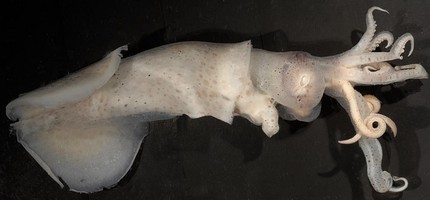
Figure. Side view of P. danae, 45 mm ML, preserved, Gulf of California. Photograph by R. Young.
Planctoteuthis danae is one of the more sturdy members of the genus, and it is most easily recognized by its relatively large, muscular fins.
Diagnosis
A Planctoteuthis with- Fin length more than 50% of mantle length.
Characteristics
- Arms
- Arms II each with two enlarged suckers in mid-arm.
- Arms IV each with 12-13 suckers.
- Tentacular clubs
- Clubs bilaterally symmetrical and lack keels.
- Club length 12-18% of ML.
- Head
- Beaks: Descriptions can be found here: Lower beak; upper beak.
- Beaks: Descriptions can be found here: Lower beak; upper beak.
- Funnel
- Antitragus of funnel locking-apparatus with two distinct lobes.
Figure. Frontal view of the funnel locking-apparatus, P. danae, subadult, eastern Pacific. Photograph by R. Young.
- Antitragus of funnel locking-apparatus with two distinct lobes.
- Fins
- Fin length 52% of ML.
Comments
More details of the description of P. danae can be found here.
Nomenclature
This species was originally placed in the genus Valbyteuthis Joubin, 1931, which was subsequently synonomized with Planctoteuthis (Young, 1991).
Life history
Paralarvae of P. danae are most easily distinguished from other doratopsis paralarvae in Hawaiian waters by:
- The dorsal position of the oesophagus in the brachial pillar (see figure).
- The small number of brachial pillar chambers (two).


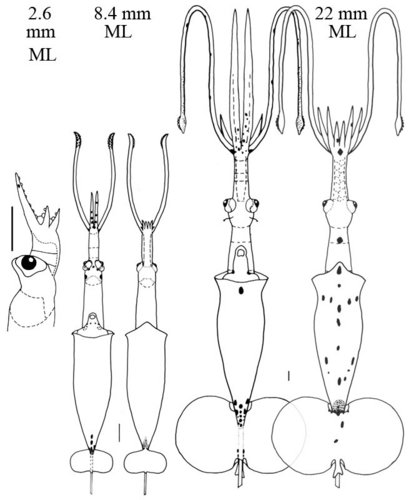
Figure. Paralarvae of Planctoteuthis danae from the waters off Hawaii: Thumbnail - Ventral view of the two paralarvae showing relative sizes. Left - Side view of the head, 2.6 mm ML, showing the ventrally protruding eye, the dorsal position of the esophagus and the small number of chambers in the brachial pillar. Middle - Ventral and dorsal views, 8.4 mm ML. Right - Ventral and dorsal views, 22 mm ML. Scale bars are 1 mm. Drawings from Young, 1991.
Distribution
Vertical
In the eastern North Atlantic paralarvae are found mostly between 200 and 300 m (Clarke and Lu, 1974). Between about 10 and 15 mm ML they are found between 200 and 800 m and at larger sizes they are found at depths greater than 700 m during the day with some captures at depths of over 1000 m. In 1974 P. danae was in the genus Valbyteuthis which contained only two species, P. danae and P. oligobessa Young, 1972, both from the Pacific Ocean. The identification of the species upon which this vertical distribution is based needs confirmation. We know of no other records of P. danae in the Atlantic Ocean. The data could refer to P. lippula.
Figure. Vertical distribution graph based on opening/closing nets with tows at two localities, one at 11°N Lat. and the other at 18°N Lat., North Atlantic. Yellow - Day capture. Blue - Night capture. Bar length - fishing depth of net. Chart modified from Clarke and Lu, 1975 and Lu and Clarke, 1975.
Geographical
The type locality is the Gulf of Panama, tropical eastern Pacific Ocean. It has also been reported from off California and Hawaii (Young, 1972; 1978), off central Chile and the eastern Polynesian Islands (Nesis, 1982), and the eastern North Atlantic -see comments above- (Clarke and Lu, 1975 and Lu and Clarke, 1975).
References
Clarke, M. R. and C. C. Lu. 1975. Verical distribution of cephalopods at 18 N 25 W in the North Atlantic. Journal of the Marine Biological Association of the United Kingdom, 55 (1): 165-182.
Joubin, L. 1931. Notes preliminaires sur les cephalopodes des croiseires du “Dana” (1921-1922). Annales de l’Institut Oceanographique, 10: 169-211.
Lu, C. C. and M. R. Clarke, 1975. Vertical distribution of cephalopods at 11 N 20 W in the North Atlantic. Journal of the Marine Biological Association of the United Kingdom, 55 (2): 369-389.
Nesis, K. N. 1982. Abridged key to the cephalopod mollusks of the world's ocean. 385+ii pp. Light and Food Industry Publishing House, Moscow. (In Russian.). Translated into English by B. S. Levitov, ed. by L. A. Burgess (1987), Cephalopods of the world. T. F. H. Publications, Neptune City, NJ, 351pp.
Roper, C. F. E. and R. E. Young (1967). A review of the Valbyteuthidae and an evaluation of its relationship with the Chiroteuthidae. Proc. U.S. Nat. Mus., 123: 1-9.
Young, R. E. (1991). Chiroteuthid and related paralarvae from Hawaiian waters. Bull. Mar. Sci., 49: 162-185.
Title Illustrations

| Scientific Name | Planctoteuthis danae |
|---|---|
| Reference | Joubin, L. 1931. Notes preliminaires sur les cephalopodes des croiseires du ?Dana? (1921-1922). Annales de l?Institut Oceanographique, 10: 169-211. |
| Specimen Condition | Preserved |
| View | Ventral |
| Size | ca. 65 mm ML |
| Type | Holotype |
| Image Use |
 This media file is licensed under the Creative Commons Attribution-NonCommercial License - Version 3.0. This media file is licensed under the Creative Commons Attribution-NonCommercial License - Version 3.0.
|
| Copyright |
© Richard E. Young

|
About This Page
Richard E. Young

University of Hawaii, Honolulu, HI, USA

Smithsonian Institution, Washington, D. C., USA
Page copyright © 2012 Richard E. Young and
 Page: Tree of Life
Planctoteuthis danae .
Authored by
Richard E. Young and Clyde F. E. Roper.
The TEXT of this page is licensed under the
Creative Commons Attribution-NonCommercial License - Version 3.0. Note that images and other media
featured on this page are each governed by their own license, and they may or may not be available
for reuse. Click on an image or a media link to access the media data window, which provides the
relevant licensing information. For the general terms and conditions of ToL material reuse and
redistribution, please see the Tree of Life Copyright
Policies.
Page: Tree of Life
Planctoteuthis danae .
Authored by
Richard E. Young and Clyde F. E. Roper.
The TEXT of this page is licensed under the
Creative Commons Attribution-NonCommercial License - Version 3.0. Note that images and other media
featured on this page are each governed by their own license, and they may or may not be available
for reuse. Click on an image or a media link to access the media data window, which provides the
relevant licensing information. For the general terms and conditions of ToL material reuse and
redistribution, please see the Tree of Life Copyright
Policies.
- Content changed 05 September 2008
Citing this page:
Young, Richard E. and Clyde F. E. Roper. 2012. Planctoteuthis danae . Version 10 November 2012 (under construction). http://tolweb.org/Planctoteuthis_danae/19492/2012.11.10 in The Tree of Life Web Project, http://tolweb.org/




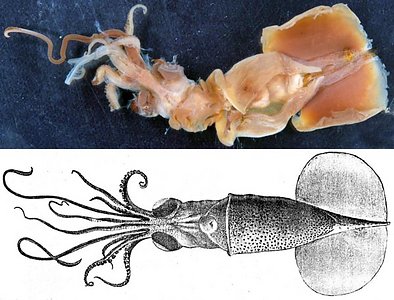
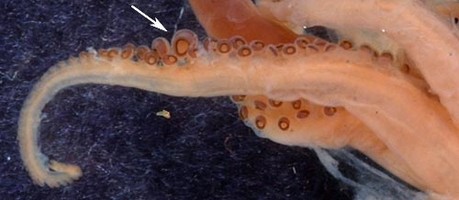
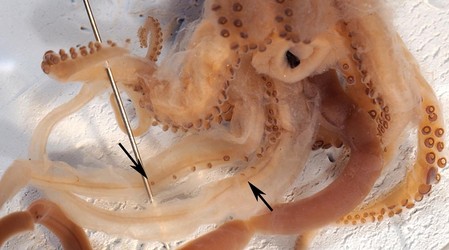
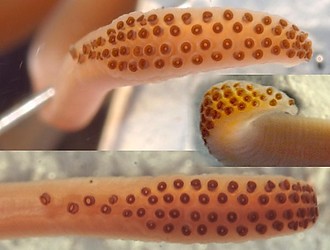
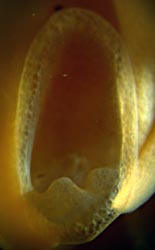

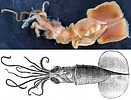


 Go to quick links
Go to quick search
Go to navigation for this section of the ToL site
Go to detailed links for the ToL site
Go to quick links
Go to quick search
Go to navigation for this section of the ToL site
Go to detailed links for the ToL site